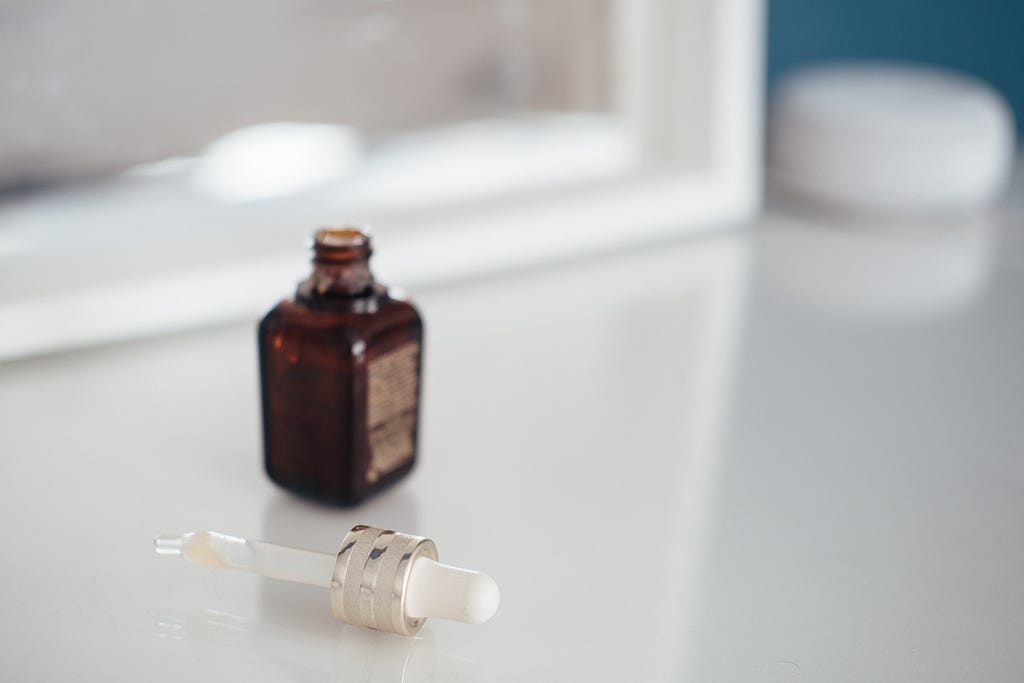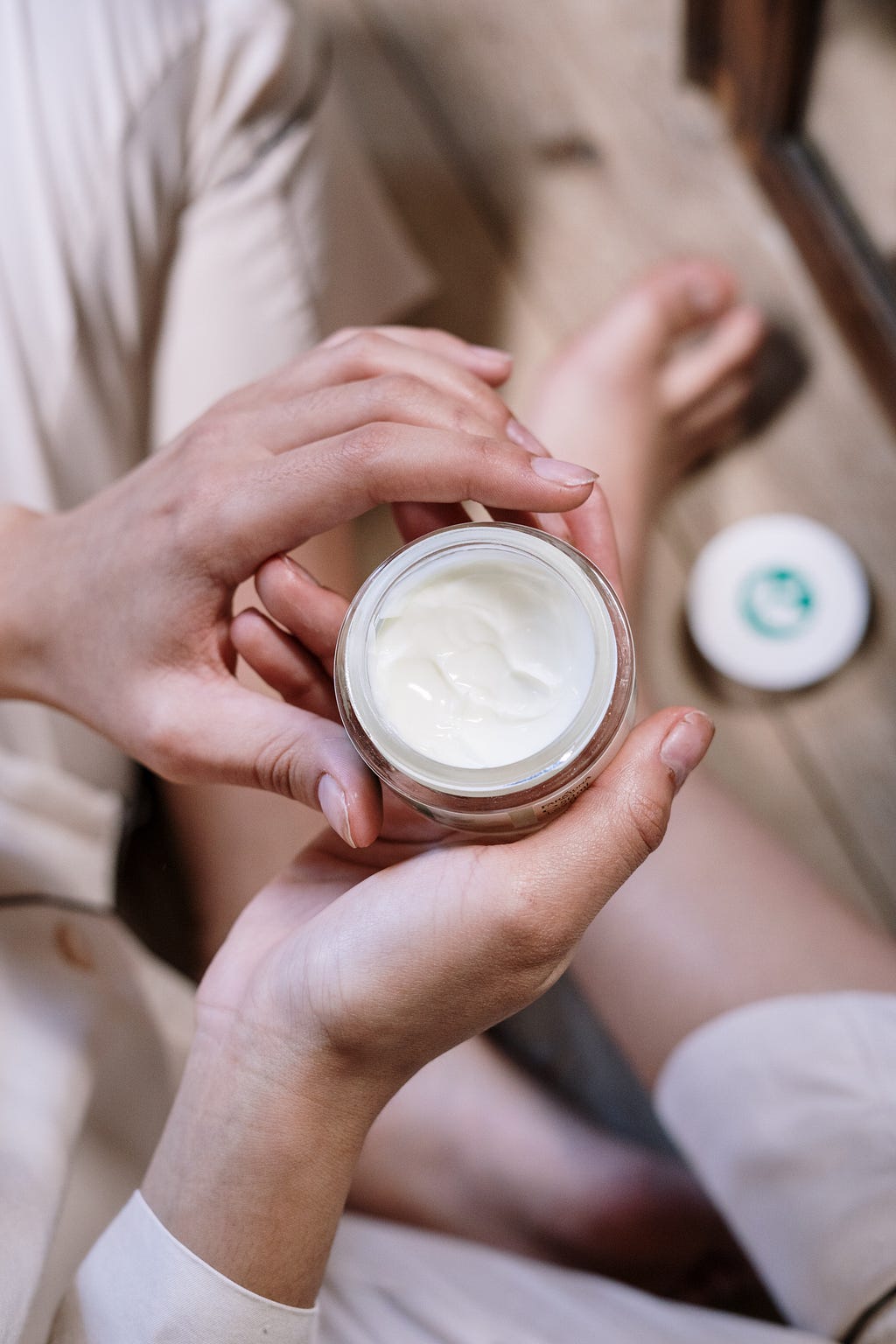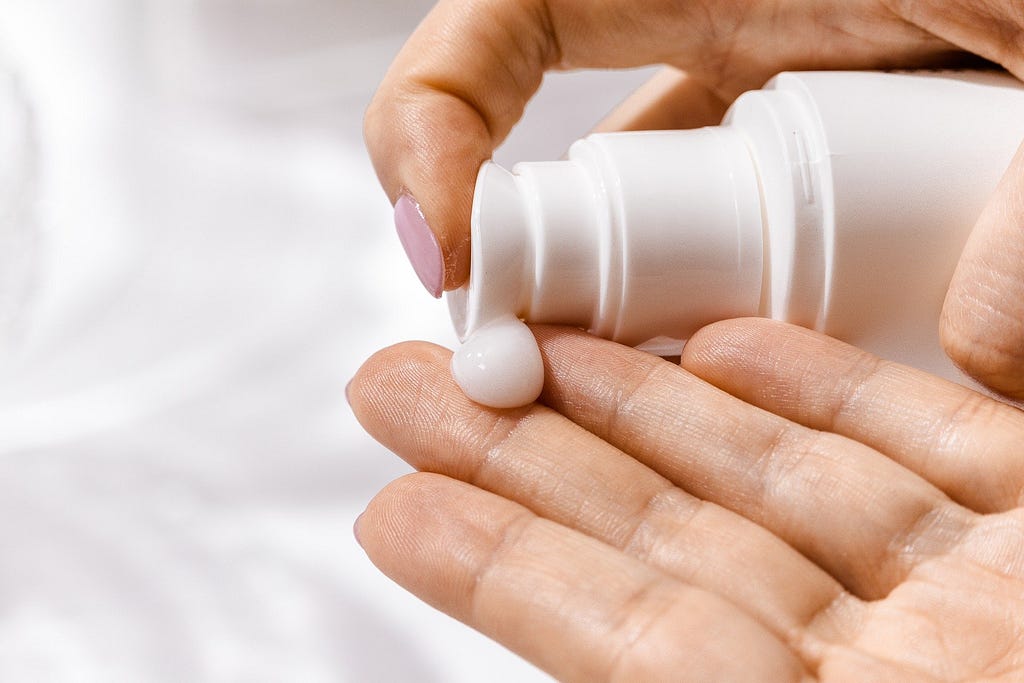
When first venturing into the world of skincare and makeup, it is easy to be overwhelmed by the sheer selection of products available. The first trip to Sephora or Ulta can be filled with confusion and frustration over not knowing what to select. There are many guides out there that will tell you what products to use and the order to use them in. Some even include lengthy 12 step skincare routines. But is there any real science behind those guides?
Usually, if you buy a whole bunch of products from the same line, they will recommend a certain order to which product should be used. But what happens when you start to mix products from different brands? Today we break down whether there is actually a proper way to mix and pair ingredients and products.
Ingredients That Should Mix
Disclaimer: everyone’s skin reacts differently to certain ingredients. It is always recommended to patch test a product first, lest you have a bad reaction and end up with an inflamed face.
When it comes to skincare, there are seemingly a million areas of concern when shopping- from different skin types to various more specific concerns. We totally understand the hesitancy when purchasing skincare products and the desire to buy everything that screams out “may help my skin”.
So where does one begin? How do you know what to choose, what products are good, and if they will even work? Our advice, take it one problem at a time. Identifying and working on your skin concerns one step at a time will help you and your skin heal faster than if you were to overload your system. It can also help you investigate which product is working and which may be causing more harm than good. Side perk, it will also save your wallet from getting destroyed all at once.
Vitamin E & Its Best Friend Vitamin C
It’s the famous pairing that we all talk about, using Vitamin E and C together to help combat signs of aging. Both are known to be great antioxidants, specifically when it comes to preventing photodamage. When added together, Vitamin C is known to replenish Vitamin E, which increases its effectiveness. Simply put, to get the most benefit from these ingredients, always use them at the same time i.e. a Vitamin C serum under a Vitamin E moisturizer.

Retinol & Hydration (specifically, Hyaluronic Acid)
Retinol, or also known as Vitamin A, is used to increase cell turnover on the skin. However, this often leaves the skin dry and dehydrated. It is a good idea to always pair Retinols or Retinoids with hydrating ingredients. Hyaluronic Acid, though when paired with Retinol, has extra bonuses. As we age, we tend to lose the natural Hyaluronic Acid found in our cells. When this happens, the skin loses its ability to retain moisture and elasticity. Ideally, we supplement our skin with extra Hyaluronic Acid as we age. However, an uncommon factor of Vitamin A that is not well known is that it can be also used to create and draw out more Hyaluronic Acid from our skin’s storage.
Niacinamide — Everyone’s Favorite
Niacinamide is a very popular ingredient due to its numerous topical benefits. Also known as Vitamin B3, Niacinamide is reported to help with aging skin, through improving skin barrier function, decreasing signs of photoaging (texture, pore size, hyperpigmented spots, red blotches), anti-inflammatory properties, and reducing sebum production. In general, Niacinamide pairs well with all kinds of products.
Note: Some people will say that you cannot combine Niacinamide and Vitamin C. The answer to that is a little complicated. According to some sources, this idea dates back to the 1960s, in which some research had been published stating that these two ingredients would cause a yellowing reaction. While technically true, what has not been factored in is the parameters that these studies run at. The yellowing reactions generally occur at a lower pH and use concentrated forms of Niacinamide and Vitamin C (which do not match our skin pH nor the actual concentrations found in our products). That being said, it is still safe to use Niacinamide and Vitamin C together, and that layering is the best method when using both in a routine.
Antioxidant + Sunscreen = Happy Skin
You know we are huge fans of sunscreen every day. Antioxidants like Vitamin C and E, can cause photosensitivity but are also known to increase sun protection from UV rays with the addition of commercial sunscreens. A simple rule of thumb is to layer up that sunscreen every 2 hours or after heavy activity or swimming. If you would like to read more about the benefits of sunscreen, check out our blogs here:
All Things Skin Cancer: Learn & Avoid
How To: Avoid Sunburns in Style

And that’s it! Our top advice on what to pair together. Of course, there are millions of other beneficial pairings to choose from, but these are just the basics. Happy skin days!
Disclosure: Think Dirty is a professional review and product rating website and mobile app that receives compensation from the companies whose products we review and rate. We are independently owned and the opinions expressed here are our own interpretations of trusted sources.
Mixing Products 101: Here’s How to Do it in the Right Order was originally published in Think Dirty on Medium, where people are continuing the conversation by highlighting and responding to this story.